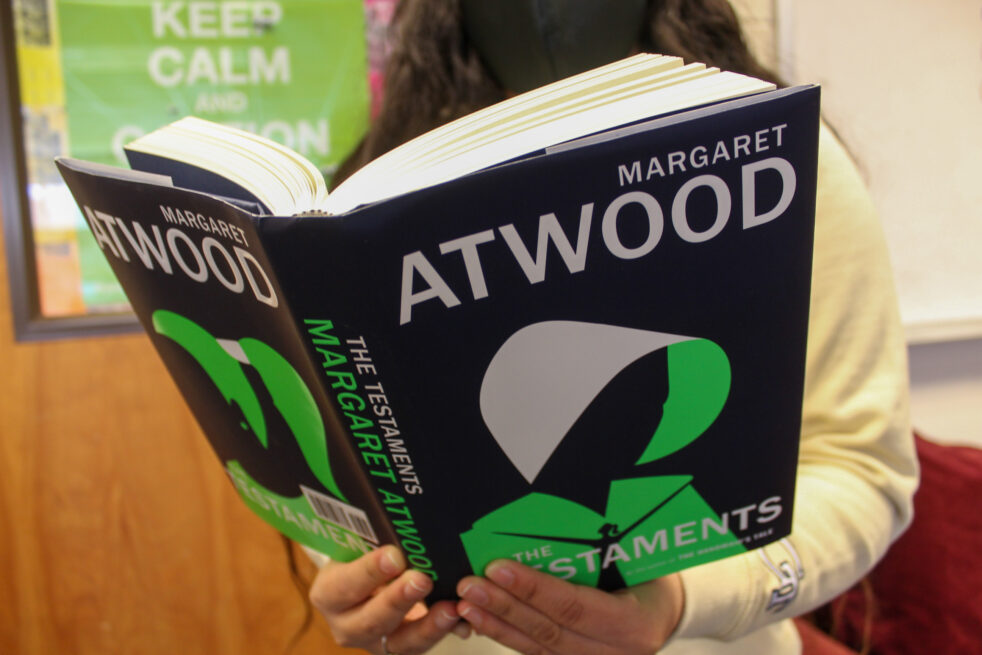Nearly 35 years after the release of “The Handmaid’s Tale,” Margaret Atwood pulled back the curtain on Gilead once again in “The Testaments.”
While “The Testaments” is meant to serve as a sequel to Atwood’s 1985 novel, that has since turned into an award winning show streamed exclusively on Hulu, it is not the sequel many readers had in mind. When Atwood originally announced a sequel was coming, many fans anticipated that they would finally learn what happened to the first book’s main character, Offred.
Instead, Atwood decided to pick up the story fifteen years after Offred’s escape attempt from Gilead with three new narrators. The book is told from the point of view of Aunt Lydia, Agnes Jemima and a young girl named Daisy who grew up outside of Gilead. Aunt Lydia’s chapters are told in a personal manuscript format while Agnes and Nicole’s stories are told through testimonies.
Between the three women, the novel expands the reader’s view of how Gilead came to be, and Aunt Lydia’s specific role in the society’s formation as one of the original aunts of Ardua Hall.
The beginning of the novel wastes no time jumping into the action of the story that eventually leads the three narrators to each other in the heart of Gilead by the middle of the book.
Despite the initial confusion readers may face while sorting through the different storylines, Atwood successfully weaves the three stories together to create momentum for the reader.
When one character’s storyline takes a break at the height of a climax to switch narrators, it motivates the readers to barrel through the next fifty pages to get back to the excitement of the individual’s story.
This manufactured inertia combined with Atwood’s gift of storytelling makes the over 400 page novel an easy one to plow through.
What continues to make this series so relevant is the ideologies and events present within the story that parallel our own society.
While some would claim that Margaret Atwood manifested these similarities between “The Handmaid’s Tale” and the current pro-life movement, Atwood has gone on to state during the trailer for her Masterclass program that she did not write anything in her books that had not already happened somewhere in the world.
The eerie parallels continue in “The Testaments” as Aunt Lydia recounts how a staged attack on the United States Capitol left the President and many members of congress dead.
After the events of the Jan. 6 storming of the Capitol led by Trump supporters, Aunt Lydia’s section of the novel surpasses the line of speculative fiction and slips into a situation that feels a little too real for comfort for Atwood’s readers.
In true Margaret Atwood fashion, “The Testaments” stands as a beautifully written novel that continues the warnings against totalitarianism that “The Handmaid’s Tale” started. Atwood continues her trend of leaving readers longing for more after yet another unsatisfying ending that leaves the characters’ lives up to the speculation of the Gilead scholars and readers alike.
